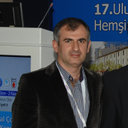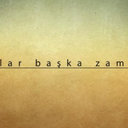Gastrointestinal tract duplications in children.
Atslēgvārdi
Abstrakts
OBJECTIVE
Gastrointestinal tract duplications (GTD) are rare congenital abnormalities that can occur anywhere along the gastrointestinal tract. These anomalies may present as a single, multiple, or a vague pathologies. Diagnosing and treating these diseases may be difficult in some patients. We aimed to present 32 patients who were followed and treated in our clinic.
METHODS
This study included the patients between 2000 and 2013. Evaluations included clinical presentations, diagnostic strategies and algorithms, surgical procedures and associated anomalies, and presence of ectopic tissue, complications, and prognosis.
RESULTS
Common clinical presentations included vomiting (n=8; 25%), palpable abdominal mass (n=4; 13%). Twenty-eight patients (2 of them antenatally) were diagnosed preoperatively while four of them were diagnosed at surgery. Ileal duplications constituted the most common type (34%) while the least common ones were located in appendix, thoracoabdomen and rectum. One of our patients was present with a gastric duplication which was closely interconnected to a tubular duplication of esophagus, which had never been encountered in the literature before.
CONCLUSIONS
It is crucial to note that duplications are likely to occur in various types and numbers and also may accompany other anomalies. Computed Tomography (CT) remains the method of choice since Magnetic Resonance (MR) is likely to cause the use of sedation and analgesia at very young ages and it may also be relatively costly despite being more sensitive in soft tissues. Mucosal stripping is an ideal method for the patients requiring restricted surgery. The antenatal asymptomatic cases can be operated after their 6th months of age.




